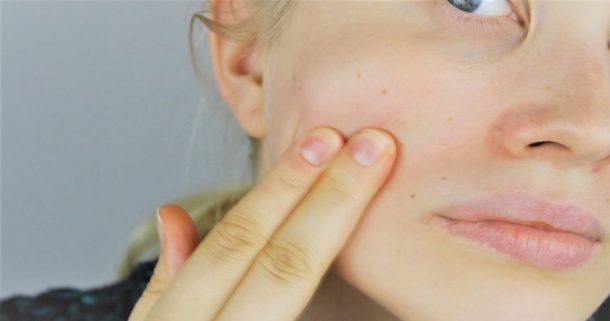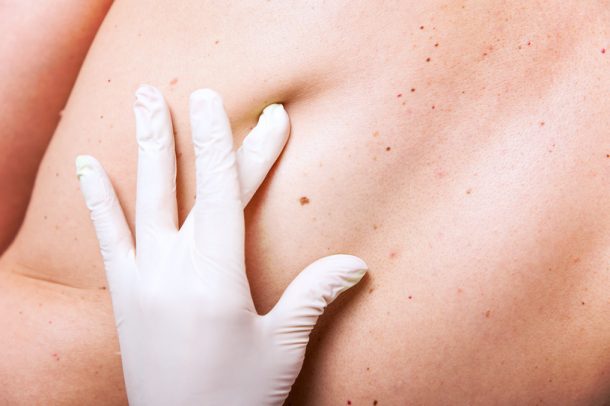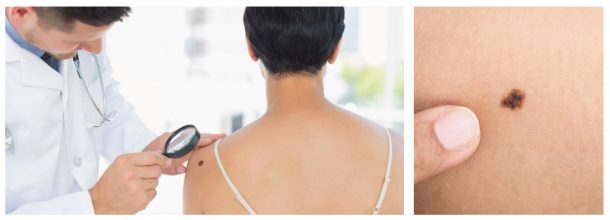An online test aimed at people aged 40 and above has been developed researchers in Australia the forecasts the risk of developing melanoma. The test has its basis in a survey that involved 40,000 people from Queensland, Australia. The study includes 650 people diagnosed with a melanoma during an assessment of their risk.
The test calculates a person’s probability of developing skin cancer in the next 3.5 years based on risk factors such as age, gender, ability to tan, hair colour, sunscreen use and the number of moles at age 21. It was co-developed by David Whiteman of the QIMR Berghofer Medical Research Institute and it is described to have a 70% accuracy.

His eventual goal is for patients to be able to go to the general practitioner, complete the online test and to provide a blood sample for an assessment of the risk. “This tool is about helping people understand what their risk is and if they’re at very high risk, then they may need to talk to their doctor about having their skin checked more regularly just in case there are any early melanomas that can be picked up before they’ve spread,” said Whiteman.
The professor still urges people to remain careful about the sun protection, even if they have a low skin cancer risk. “Most Australians are at higher risk of melanoma than people in other countries due to the combined effects of fair skin and very high levels of sunlight.”

According to Cancer Australia, 14,000 new cases of melanoma will be diagnosed in 2018 and it will result in the death of 1900 patients. Melanoma is a type of cancer that develops on the skin on parts that are overexposed to the sun.
Australia and New Zealand have the highest rate of melanoma diagnosis in the world according to the Cancer Council Australia. There were 1,500 deaths in Australia alone due to melanoma back in 2015. The hospital expenses related to this skin cancer cost the Australian healthcare system $201 million in 2017.

The online test covers a range of people from “very much above average risk” all the way down to “very much below average risk”. “Regular screening of those at higher risk may help detect melanomas early and hopefully before they have spread to the lower layers of the skin and other parts of the body,” said Professor Whiteman.
It is a good step and even though it is not a cure, it is a way to detect it early on and steps can be taken to prevent it from progressing.


